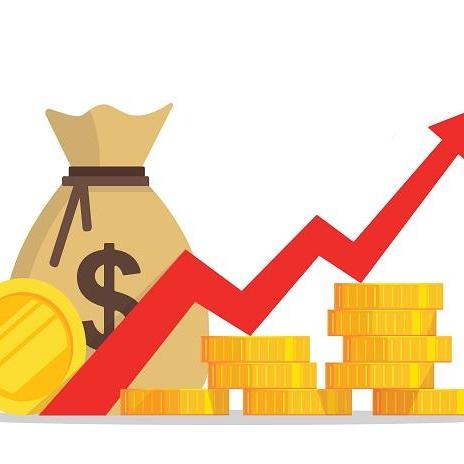WHAT ARE CAPITAL RECEIPTS

Capital Receipts
The Union Budget, which is presented by the Finance Minister of India, comprises Capital Budget and Revenue Budget. The Capital Budget is further categorised into capital receipts and capital expenditure.
What are Capital Receipts?
Capital receipts are receipts that create liabilities or reduce financial assets. They also refer to incoming cash flows. Capital receipts can be both non-debt and debt receipts. Loans from the general public, foreign governments and the Reserve Bank of India (RBI) form a crucial part of capital receipts.
The Budget estimate of the government's capital receipts for the year 2020-21 was Rs 1,074,306 crore. The revised estimates of capital receipts for the 2019-20 Budget came at Rs 772,529 crore, while the actuals for the 2018-19 Budget stood at Rs 763,518 crore.
The Budget estimate of the government's capital receipts for the year 2020-21 was Rs 1,074,306 crore. The revised estimates of capital receipts for the 2019-20 Budget came at Rs 772,529 crore, while the actuals for the 2018-19 Budget stood at Rs 763,518 crore.
Understanding capital receipts
Capital receipts are loans taken by the government from the public, borrowings from foreign countries and institutes, and borrowings from the RBI. Recovery of loans given by the Centre to states and others is also included in capital receipts. In the balance sheet, capital receipts are mentioned in the liabilities section. The capital receipt has a nature of non-recurrence.
All capital receipts are tax-free, unless there is a proviso to tax it. Capital receipts can be both non-debt and debt receipts
Non-debt capital receipts
Non-debt receipts are those which do not incur any future repayment burden for the government. Almost 75 per cent of the total budget receipts are non-debt receipts.
The Budget estimate of the government's non-debt capital receipts for the year 2020-21 was Rs 224,967 crore. The revised estimates of non-debt capital receipts for the 2019-20 Budget came at Rs 119,828 crore, while the actuals for the 2018-19 Budget stood at Rs 112,779 crore.
Debt capital receipts
Debt Receipts have to be repaid by the government. Around 25 per cent of government expenditure is financed through borrowing. A reduction in debt receipt (or borrowing) can be a big leap for the economy's financial health. Most of the capital receipts of the government are debt receipts
The Budget estimates of the government's debt capital receipts for the year 2020-21 added to Rs 8,49,340 crore. The revised estimates of capital receipts for the 2019-20 Budget came at Rs 7,66,846 crore, while the actuals for the 2018-19 Budget stood at Rs 6,50,739 crore.
The Budget estimates of the government's debt capital receipts for the year 2020-21 added to Rs 8,49,340 crore. The revised estimates of capital receipts for the 2019-20 Budget came at Rs 7,66,846 crore, while the actuals for the 2018-19 Budget stood at Rs 6,50,739 crore.
Examples of debt capital receipts: Market loans, issuance of special securities to public-sector banks, issue of securities, short-term borrowings, treasury bills, securities against small savings, state provident funds, relief bonds, saving bonds, gold bonds, external debt, etc, are all example of debt capital receipts.
RELATED BUDGET TERMS
CAPITAL RECEIPTS NEWS
-
 Budget 2022 expectations LIVE: Jobs, tax reduction amid pandemic, and more
Budget 2022 expectations LIVE: Jobs, tax reduction amid pandemic, and more
Budget 2022 LIVE: With Assembly elections in four states and one Union Territory getting closer, the Centre could go for some ...| January 29, 2022, Saturday -
 Why a growth rate falling below 5% is a clear and present danger for India
Why a growth rate falling below 5% is a clear and present danger for India
At 5 per cent, GDP growth in the current year would be an 11-year low. Worse, this will also mark a deceleration for a third ...| January 16, 2020, Thursday -
Budget 2020: Why govt must look beyond taxes, do more with its money

Though non-tax revenues, including borrowings, account for 40% of the Budget, there seems to be little focus on boosting these or ...| January 10, 2020, Friday





